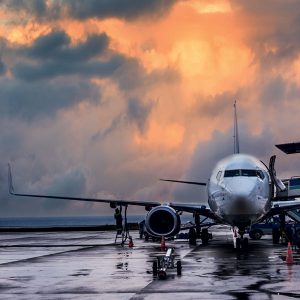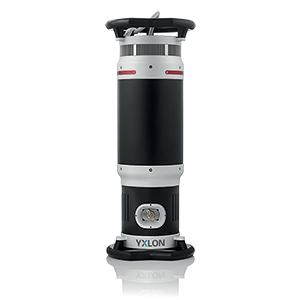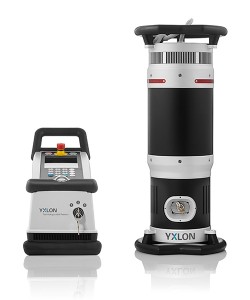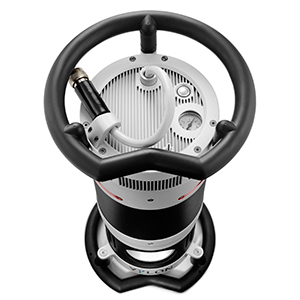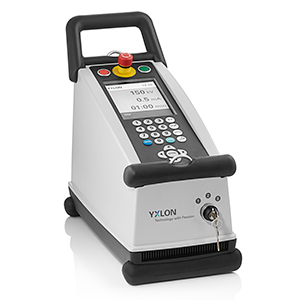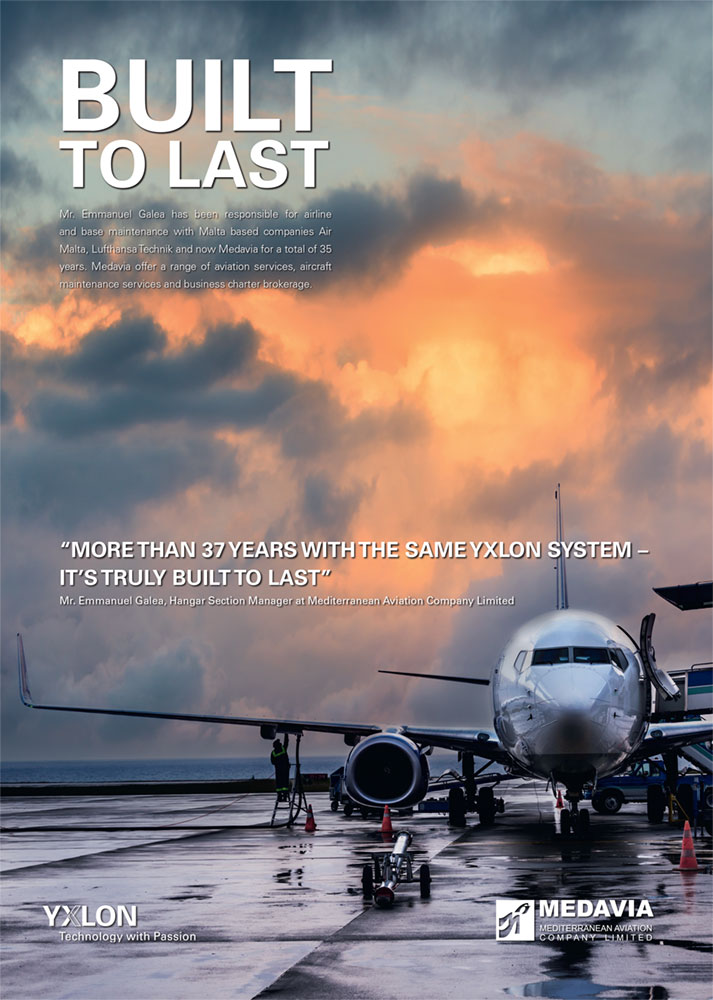Radiography in Aviation and Aerospace – NDT Case Study
The global airline industry has continued to grow despite changes in economic climates that has seen other industries shrink. According to a study by PWC the aviation industry has doubled in value from US$369billion in 2004 to around US$746billion in 2014. Airbus have also predicted that in the 20 years (2016 to 2035) the industry will continue to grow at 4.5% annually requiring 33,000 new passenger and freighter aircraft.
In 2015 alone, Australia was a port of call for 58 international airlines (including freighters), over 176,000 flights and served almost 35million international passengers. This represented an increase in passengers numbers of 5.2% over the previous calendar year.
With increased flights and profits becoming harder to come by due to increased competition, maintaining aircraft is becoming more challenging, but nevertheless no less important. For this reason, high quality, highly reliable equipment is an essential part of an NDT engineer or maintenance technicians arsenal and there is no better than YXLON.
X-ray radiography is key to activities like monitoring structural integrity of aircraft. It enables technicians to see beyond the outer skin and see the condition of structural components. It can reveal the presence of small defects and flaws that could ultimately result in catastrophic failures and take appropriate action to prevent these from occurring.
Case Study MEDAVIA, Mediterranean Aviation Company Ltd
Mr. Emmanual Galea is the Hangar Section Manager at Medavia and has been responsible for airline and base maintenance with Malta based companies Air Malta, Lufthansa Technik and now Medavia.
In his current role at Medavia, he and his crew are responsible for ensuring that aircraft are maintained to the highest standards and ready to fly according to designated schedules. Talking about his role, he said, We need the planes to fly, and we need them to be absolutely safe. Inspection is crucial, and X-ray produces the best possible image of the airplanes structure. As we are dependent on the highest quality of X-ray images, only the best X-ray source is an option for us.
He went on further to explain in more detail about what they do, and the benefits of non-destructive X-ray inspection saying, The primary application of the X-ray equipment is close inspection of the airplanes structure especially the wings and stabilisers. We use X-ray to determine subsurface defects of structural parts that are hidden or require significant ground time for dismantling. We would rather take X-rays than dismantle complete components.
Up until recently, Emmanual had been using an Andrex (now YXLON) 1541 BW tube head. This was acquired prior to him starting at the airport in 1981. Commenting on the reliability and robustness of the old system that has served them for 37 years, he said It has been part of our routine maintenance during base inspection until 2016 when we decided to replace the 1541 BW with the SMART EVO 160D, to take advantage of all the new features and the improved performance. The 1541 BW has served us well until now, and it could probably keep on going if parts were still available.
When asked about the decision to replace the old system with an YXLON SMART EVO 160D he said, In my experience the quality of YXLON Copenhagen products has been outstanding. They have proved to be indispensable tools for us and have enabled us to maintain a reliable and safe means of transportation for our customers. More than 37 years with the same YXLON system its truly built to last. We expect that the SMART EVO will live up to the legacy of the ANDREX 1541 BW.

